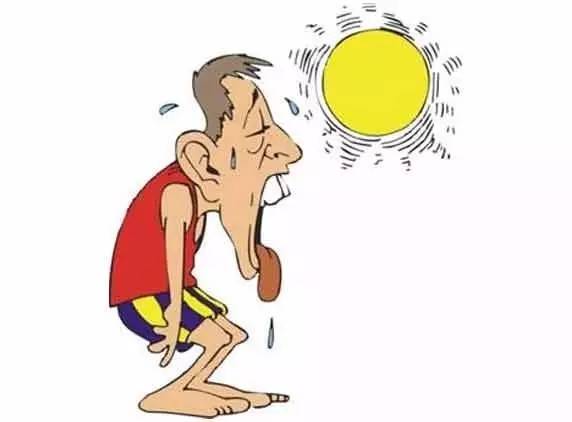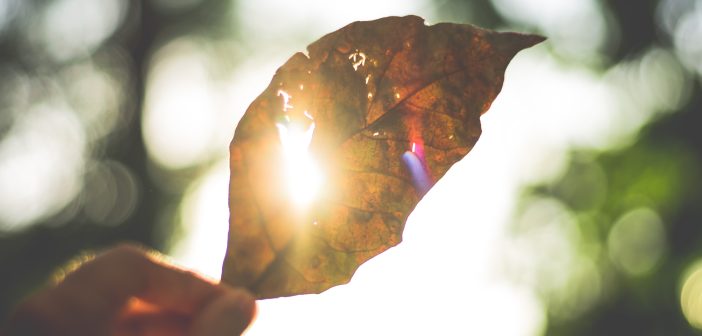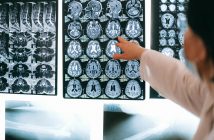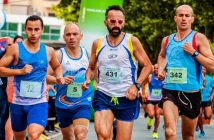Summertime in Beijing sees temperatures usually hovering around the low 30’s and down in the 20’s with rain showers. This year we’ve seen multiple days of 40C and over! It has been a record first for Beijing to log 3 straight days above 40C and to surpass the average number of days of 35C and above.
Several cities across China, including Beijing, have had their “red” hot weather alert raised (the highest of a four-tier weather alert system) and warned citizens of the heightened risk of heatstroke.
We talked with Dr. Vera Kosova, GP, to get insight into at-risk groups for heat exhaustion, what to do in the event of someone collapsing from heatstroke and how best to cope under extreme weather conditions during a heatwave.
Heat Exhuastion vs Heatstroke
Heat exhaustion is when you become very hot and start to lose water or salt from your body, symptoms may include heavy sweating and a rapid pulse. Heat exhaustion is one of the three heat-related syndromes, with heat cramps being the mildest and heatstroke being the most severe.

Heatstroke is when the body is no longer able to cool itself and a person’s body temperature becomes dangerously high. Heatstroke is less common but more serious. It can put a strain on the brain, heart, lungs, liver, and kidneys, and can be life-threatening. If heat exhaustion isn’t spotted and treated early on, there’s a risk it could lead to heatstroke.

Let’s not forget sunstroke!
Sunstroke is when someone is exposed to direct sunlight for a prolonged period of time causing the same symptoms and problems as a heatstroke.

First Aid Response for:
HEATSTROKE
Heat exhaustion or heatstroke can develop quickly over a few minutes, or gradually over several hours or days.
Signs and Symptoms of heat exhaustion can include:
tiredness and weakness
feeling faint or dizzy
a decrease in blood pressure
a headache
muscle cramps
feeling and being sick
heavy sweating
intense thirst
a fast pulse
urinating less often and having much darker urine than usual
If left untreated, more severe symptoms of heatstroke can develop, including confusion, disorientation, seizures (fits) and a loss of consciousness.
What to do:

+ Get the person to a cool place – air conditioned room or shade
+ Remove excess clothing – let their skin breath
+ Cool their skin – use a cool damp cloth on their skin
+ Fan their skin while its moist – water evaporating from the skin while fanning will help cool the skin down more
+ Give them fluids to drink – ideally water, fruit juice, or a sports drink
Most people should start to recover within 30mins.
When to call for help:
If you suspect that someone has heatstroke, immediately call 999 / 120 or transport the person to a hospital. Any delay seeking medical help can be fatal.
Call for an ambulance when:
+ the person doesn’t respond to the above treatment within 30 minutes
+ the person has severe symptoms, such as a loss of consciousness, confusion or seizures
In the event of a person being unconscious, you should follow the steps above for cooling them down and place the person in the recovery position until help arrives. If they have a seizure, move nearby objects out of the way to prevent injury.

Image: Oasis International Hospital, Pexels




